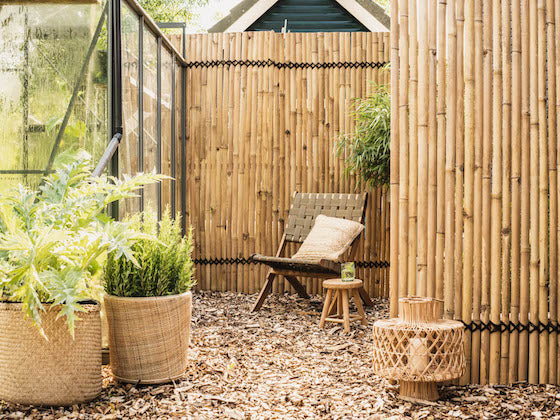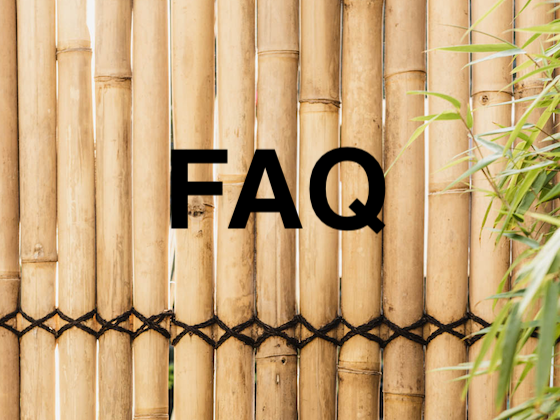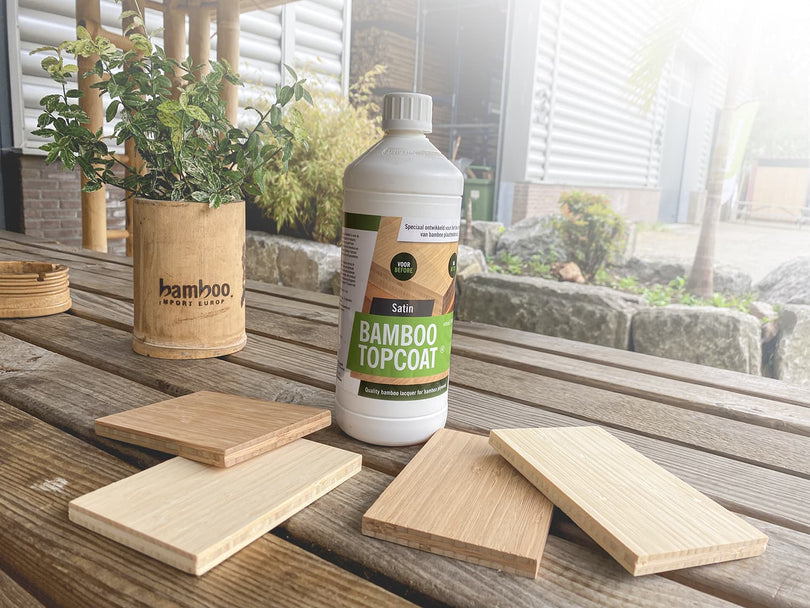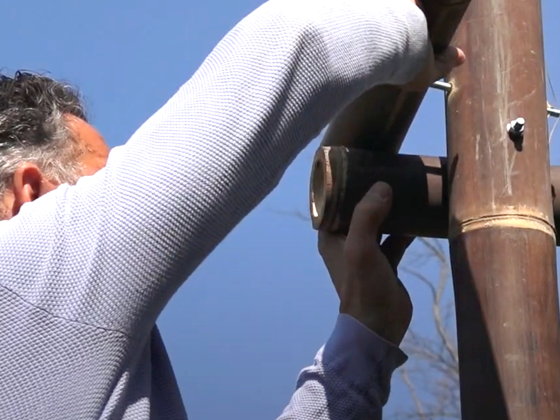Compensate with
BAMBOO CREDITS
CO2 compensation is commonly expressed in credits. With a credit you buy a reduction of your CO2 emissions. With Bamboo Credits you buy CO2 compensation per m². That m² represents 105.5 kg CO2 reduction. We use the m² as a unit, because we plant and grow bamboo on it. We can calculate in advance how much CO2 the bamboo absorbs over the years and so we arrive at 105.5 kg.

Why
BAMBOO CREDITS?
In countries around the equator, it is often difficult to obtain good income. This is often obtainable for local farmers by participating in deforestation to obtain (hard) wood. Unfortunately, most of the felled pieces of rainforest are not replanted afterwards. In addition, many tropical rainforests are replaced by commercial crops, such as soy and palm oil. This is bad for biodiversity and destroys local flora and fauna. By planting bamboo with Bamboo Credits, we can reforest and give local farmers an income.
By the way, with Bamboo Credits you do more than just offset CO2. These other benefits are just hard to put into a number. Namely, you also contribute to positive living conditions for the local population and the flora and fauna of the area.
Compensating with BAMBOO CREDITS
Everyone can participate in CO2 compensation. You decide how much CO2 you compensate. At Bamboo Import Europe you can also offset your CO2 emissions, but then - of course - with bamboo.
With photosynthesis, bamboo extracts CO2 from the air and releases oxygen. Bamboo produces about 40% more oxygen than wood and absorbs up to 35% more CO2 than wood. That makes bamboo better for CO2 offsetting than wood.
In countries around the equator, it is often difficult to obtain good income. This is often obtainable for local farmers by participating in deforestation to obtain (hard) wood. Unfortunately, most of the felled pieces of rainforest are not replanted afterwards. In addition, many tropical rainforests are replaced by commercial crops, such as soy and palm oil. This is bad for biodiversity and destroys local flora and fauna. By planting bamboo with Bamboo Credits, we can reforest and give local farmers an income.
Bamboo is an important part of many biodiverse ecosystems. There are several animals worldwide that use bamboo for food and shelter. A well-known example is the giant panda (from China), as well as the red panda (China), mountain gorilla (Uganda), half lemurs (Madagascar), baloogle cat (Ethiopia) and rust wrens (South America).
In addition to these animals, there are many other animals that benefit from bamboo. Planting bamboo can quickly provide the right conditions for these species.
There are 1,500 different species of bamboo, 50 of which are suitable as a structural building material. Bamboo is a species of grass (the Gramineae) and can grow up to 30 meters high within six months. Bamboo has a turnover time to full maturity of only seven years, compared to 30 years or longer for wood species. Bamboo has hardwood properties, but it grows much faster than hardwood. In addition, bamboo produces about 40% more oxygen than trees.
From bamboo forests, only the mature bamboo stems are harvested. The remaining stems are given time to continue growing until they are also mature. When harvesting, new growth is taken into account. So bamboo does not have to be replanted. Actually, cutting bamboo is similar to cutting grass. The root system is most important, and cutting (the "mowing") gives the young bamboo shoots just the sunlight they need to grow. Furthermore, bamboo itself dies after 9 to 13 years. By cutting down the bamboo, we prevent the bamboo from dying and releasing the CO2 again. So by cutting it down, we actually store the CO2 for a longer period of time and can thus offset additional CO2.
Bamboo regulates the levels of rivers and streams and needs little watering to grow. In fact, bamboo stores water in its trunk in its various compartments. Bamboo is also great for preventing soil degradation. Not only to reduce landslides and erosion, but bamboo can also grow on soil that contains metals. This is where Moso bamboo is pre-eminent. Moso can grow in areas where there is a lot of soil pollution. The purifying effect of the bamboo roots will then eventually restore the soil.
With this contribution, we plant 1m² of bamboo
You offset 105.5 kilograms of CO2.
Contact Onss
If you have any questions, send us a message.























